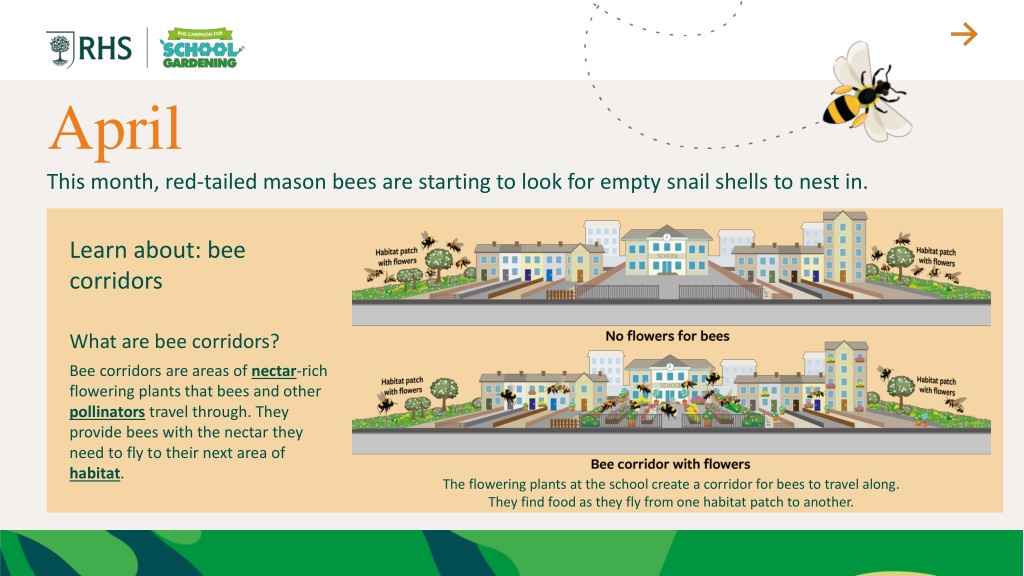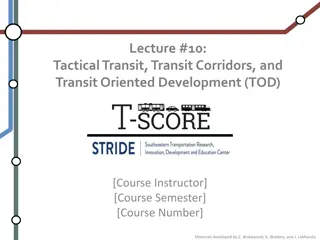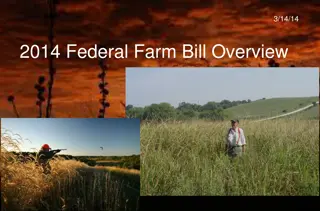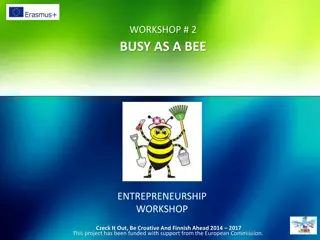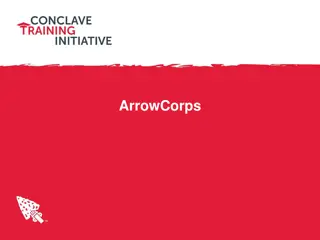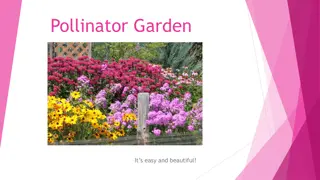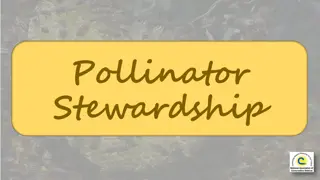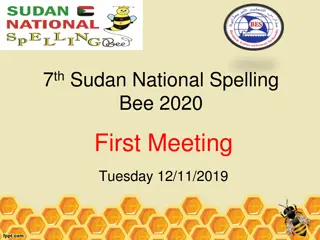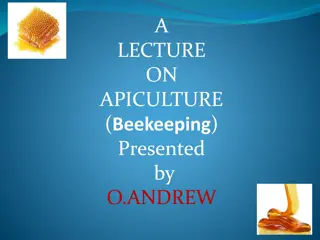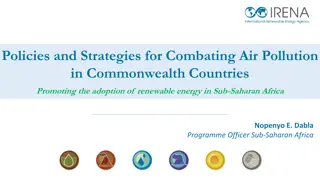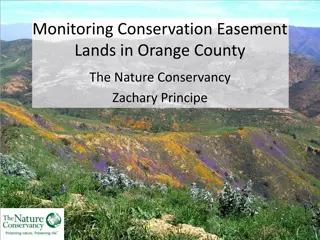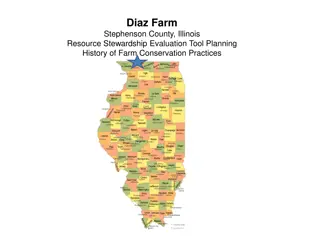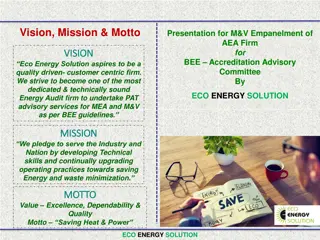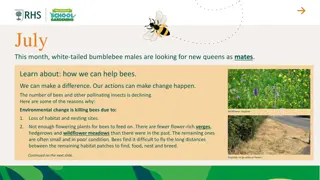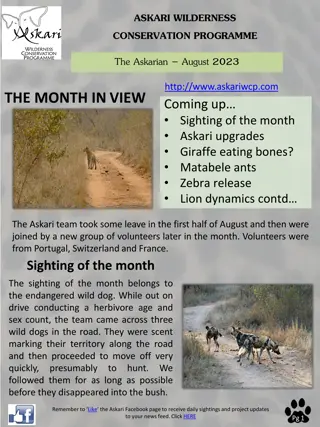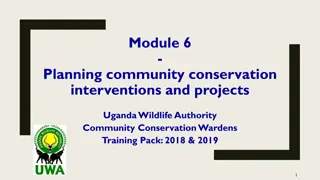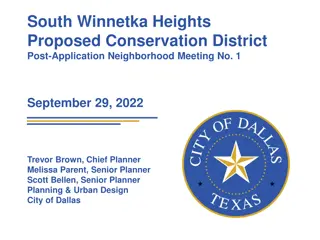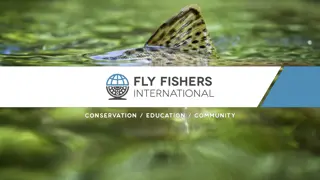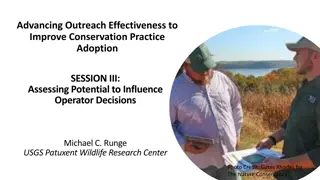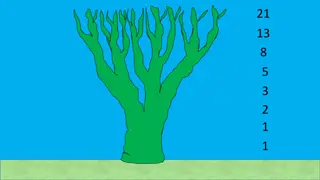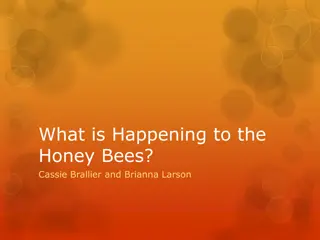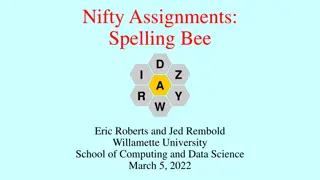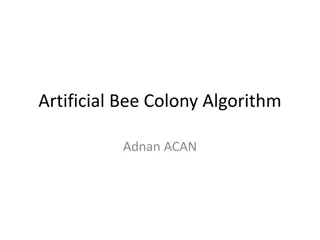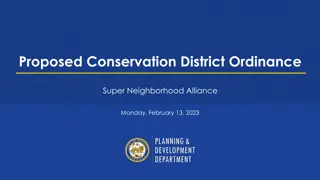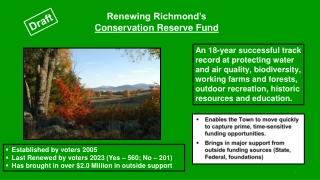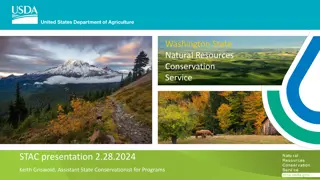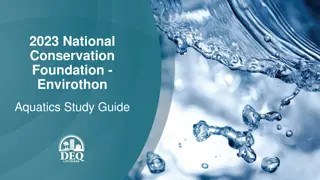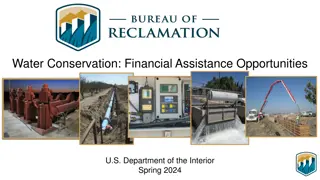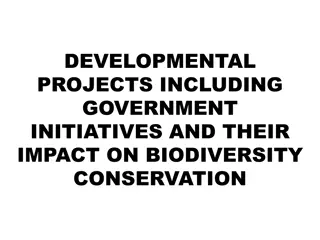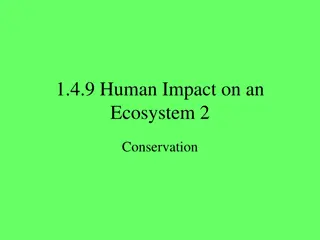Creating Bee Corridors for Pollinator Conservation
Red-tailed mason bees are starting to nest in empty snail shells this month. Learn about bee corridors, areas of nectar-rich plants that help bees move between habitats. The need for bee corridors is highlighted as urbanization reduces natural habitats. Activities like creating bee corridors, allowing grass to grow, and planting flowers help conserve pollinators. By enhancing floral resources, we can support bees in their important ecological roles.
Download Presentation

Please find below an Image/Link to download the presentation.
The content on the website is provided AS IS for your information and personal use only. It may not be sold, licensed, or shared on other websites without obtaining consent from the author. Download presentation by click this link. If you encounter any issues during the download, it is possible that the publisher has removed the file from their server.
E N D
Presentation Transcript
April This month, red-tailed mason bees are starting to look for empty snail shells to nest in. Learn about: bee corridors What are bee corridors? Bee corridors are areas of nectar-rich flowering plants that bees and other pollinators travel through. They provide bees with the nectar they need to fly to their next area of habitat. The flowering plants at the school create a corridor for bees to travel along. They find food as they fly from one habitat patch to another.
Why are bee corridors needed? As the number of people on the planet increases, we are taking up more space to live. This means there is less habitat available for wildlife, including bees and other pollinating insects. The habitat that is left is often in small patches, separated by roads and buildings from other habitat patches. This can make it very difficult for pollinators to move from one habitat patch to another to find the flowers that they need to feed on, to find a mate or a nesting site. By planting nectar-rich flowering plants wherever we can, we can create corridors for bees and other pollinators to move along. How much bee energy can a plant provide? One snapdragon plant can provide a bumblebee with enough energy to fly 10-13 miles in a day. Planting flowers in the right places can add up to many bee miles travelled. Flowers forming part of a bee corridor Snapdragon plant
Learning activity: make a bee corridor. Let grass grow Survey your area Add more flowers School outside space Dandelion growing in grass RHS Plants for Pollinators logo Allow areas of grass to grow long- this will encourage flowers such as dandelions to appear. Dandelion flowers are fantastic sources of nectar for pollinators. Have a look at your school s outside space to spot gaps where plants with flowers are needed. Create a bee corridor by planting flowering plants. To find which plants are best for pollinators, look to see if there is an RHS Plants for Pollinators logo (see photo) when you buy a plant or packet of seeds.
Home | Habitat A home for plants and animals.
Home | Pollinators Animals that move pollen from one flower or plant to another e.g. bees.
Home | Nectar Sweet liquid produced in flowers.
Home | Mate Partner of the opposite sex to breed with.
